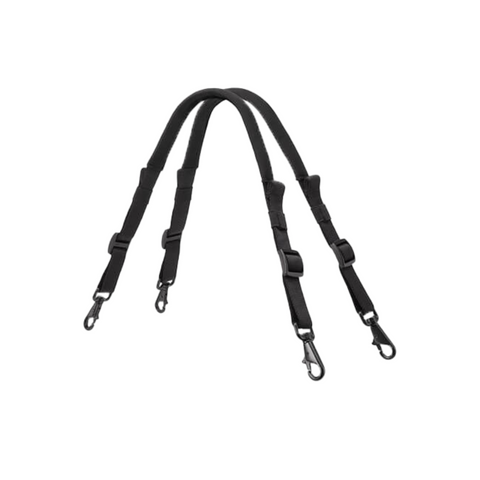Does the hair on your arm, neck or head ever go up involuntarily when you are stressed or overexcited? In humans it is called “goosebumps” but in dogs it’s called “hackles”. The medical term in dogs is piloerection, with pilo meaning hair. Hair doesn’t talk yet it does tell the emotional state of a dog. It is a dog’s way of communicating his feelings. Cats, rats, birds and humans all share the same reaction. Porcupines use this for protection to scare off predators.
A dog’s hackles run down its neck, backbone, shoulder and to the base of its tail. All dogs have hackles, but it is more obvious in certain breeds than others. You can’t see hackling as easily in breeds with longer and fluffier hair, while breeds with short hair tend to show their piloerection more clearly.
Why does a dog raise its hackles? Physically, it’s because of a rush of adrenaline. Psychologically, it can result from fear, curiosity, arousal or just excitement. A hunting dog’s hackles may rise if it smells its prey. A companion dog may sense danger from a stranger or strange dog. An intact male may sense a female in heat. Fireworks or lightning could startle a dog and its hackles may rise. When you come home after a long day gone, your dog may be so excited its hackles rise.
When a dog’s hackles rise, it often makes him appear taller, larger and more intimidating. In cases of fear, this is a “fight or flight” response made to scare off predators. However, a dog may raise it hackles for reasons other than aggression. You know your dog’s responses better than anyone else. It is your job, as a responsible dog owner, to read your dog’s body language in circumstances when its hackles rise.
Observe not only his hackles, but its tail, eyes, ears and body posture. If he is standing stiffly, he may be feeling tense and aggressive. Notice his tail. Is his tail tucked under in fear, wagging with excitement, or high and stiff with aggression? Is your dog leaning low like he is playing, or does he look like he may lunge? Ears can also indicate his mood, in that they can be back, flat, up, or relaxed. Is his face relaxed or is he bearing his teeth or snarling?
When your dog’s hackles rise, you need to remain alert yet calm. If your dog is acting aggressive, he may be feeling fearful and needs you to make him feel safe. Remove him from the situation and take him to a place where he can be calmed.
If you are out walking your dog, always be aware of your surroundings and how your dog reacts. If he raises his hackles, see what is going on around him. If something is stressing him, try to distract him.
Note: Among dog breeds, the Rhodesian Ridgeback displays permanently raised hair on their backs. This is not to be confused with raised hackles. It is just a typical feature of this dog breed.



